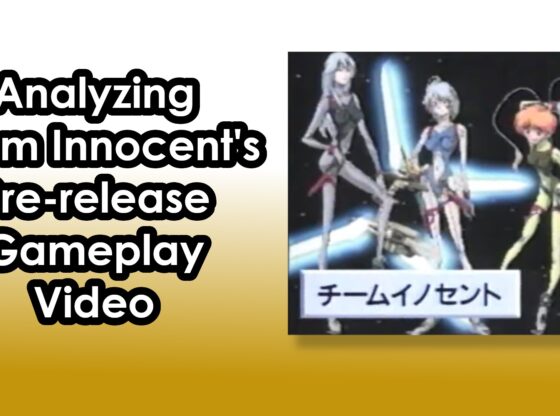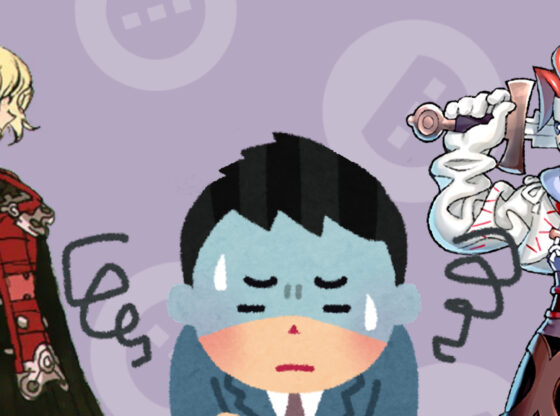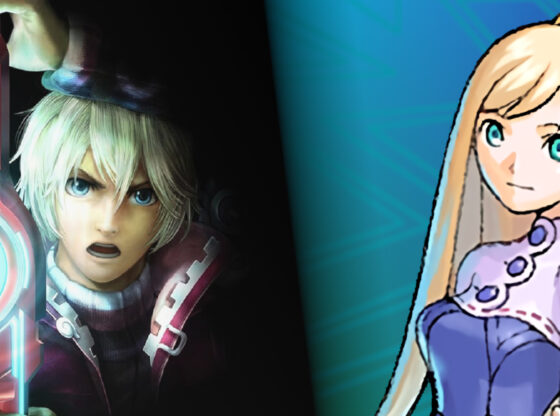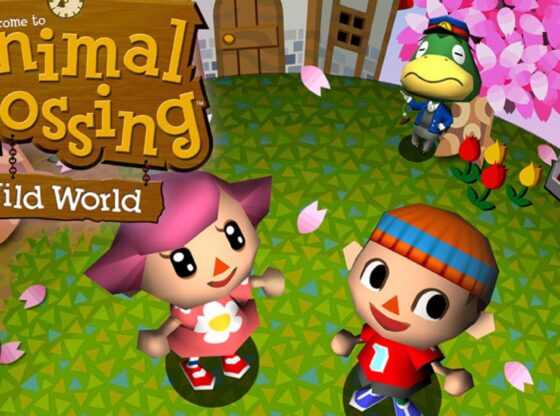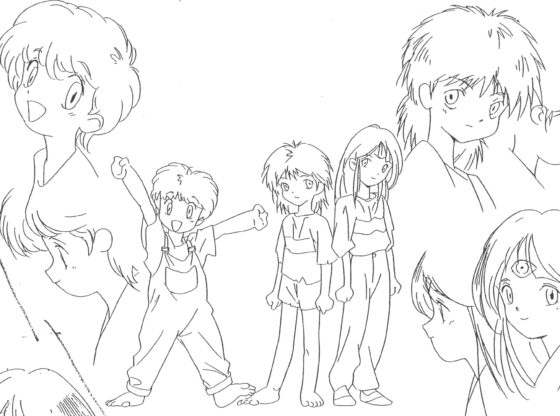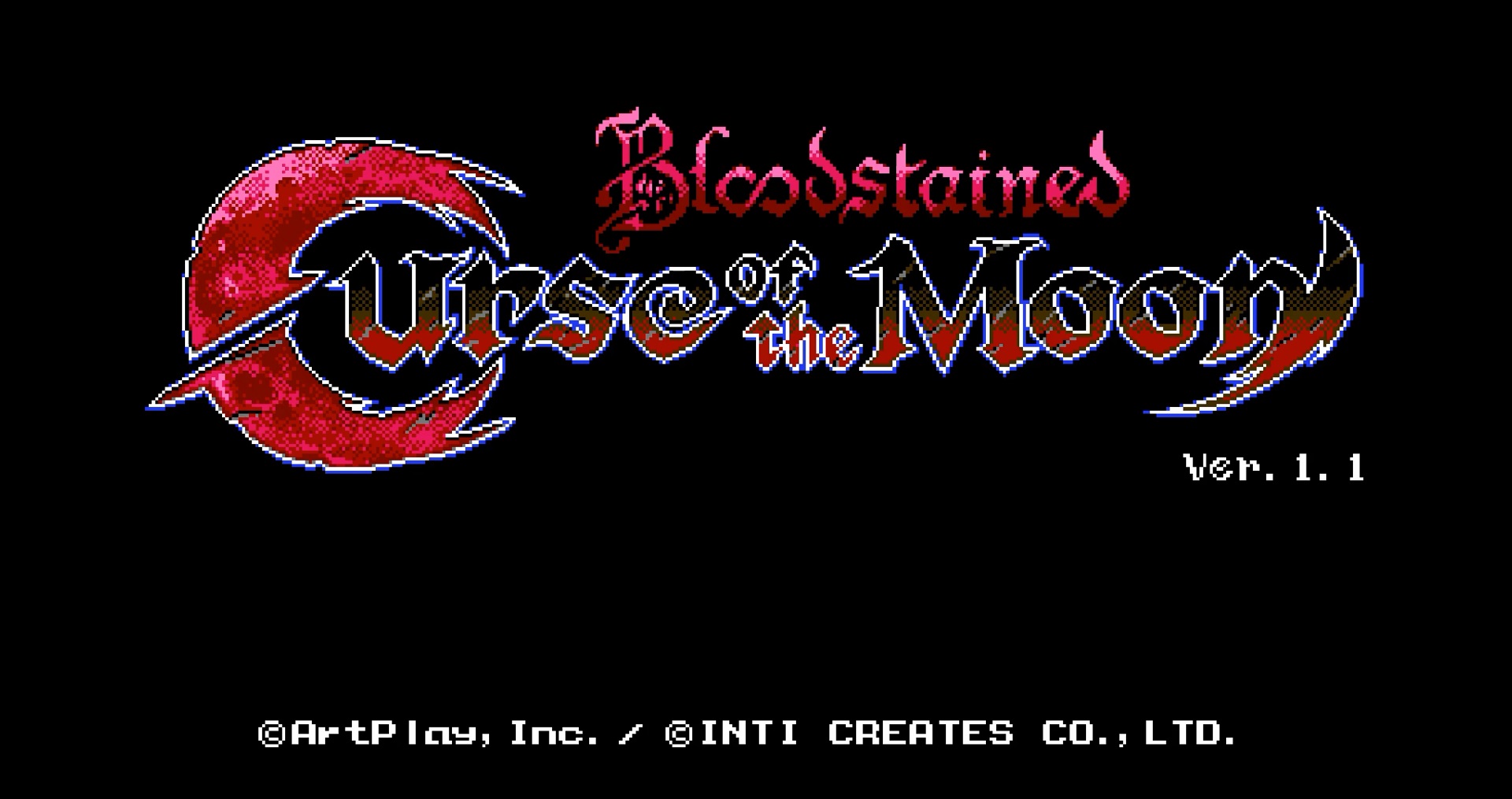
Bloodstained: Curse of the Moon is sold on the back of 1989’s Castlevania III: Dracula’s Curse. The surface level mechanics and presentation are near identical. As a side project to Bloodstained: Ritual of the Night, it could have settled with being a simple tribute. Instead, it’s something much more.
Similar to the classic Castlevanias that came before it, Curse of the Moon by default features slow deliberate action platforming. There’s little to no air control, each character drops like a ton of bricks and attacks almost always have a delayed strike that requires precise timing. Even the playable cast featured here more or less mimic those found in Castlevania III.
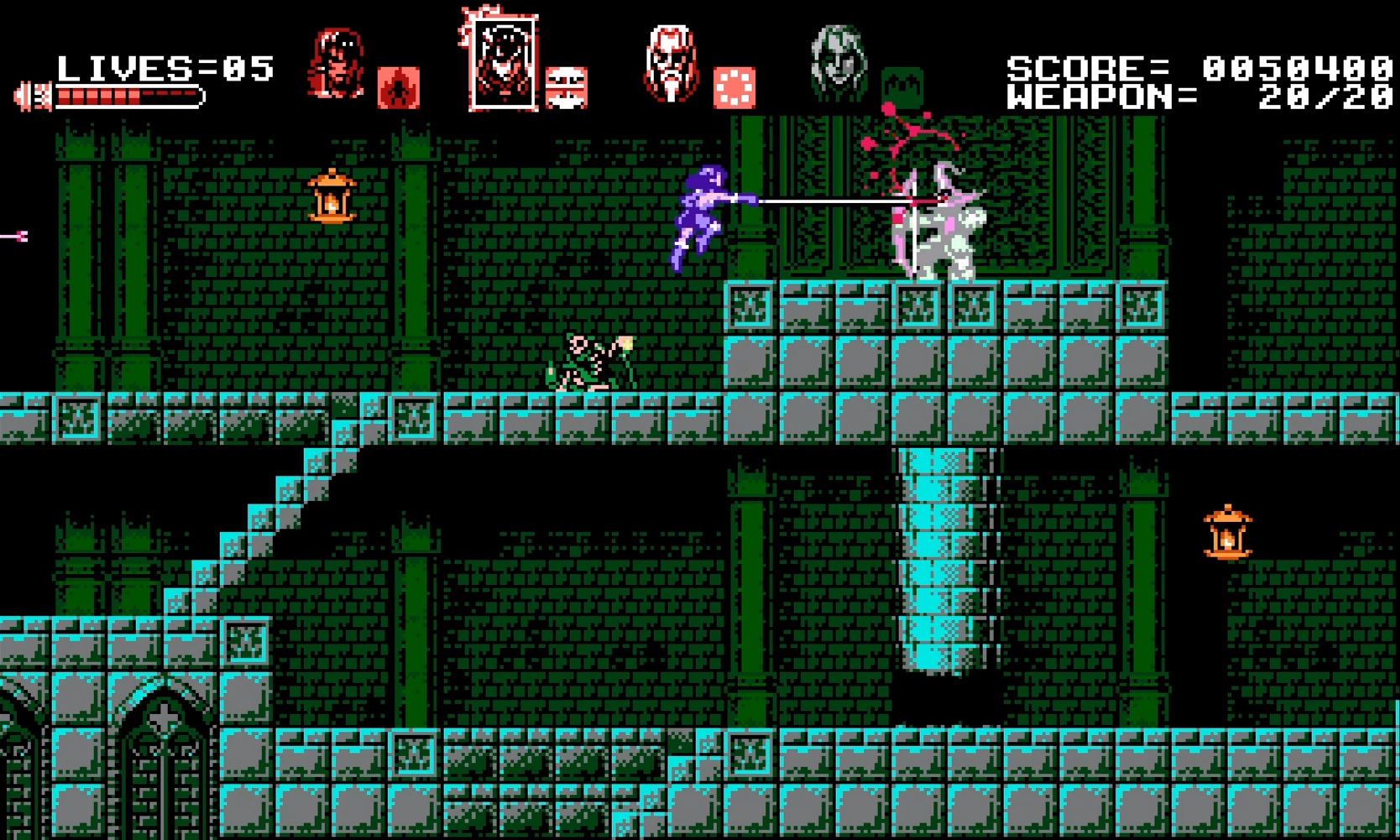
The protagonist, Zangetsu, is armed with a sword for close quarters combat. Miriam is more mobile as well as wields a far-reaching whip. Alfred casts various defensive, as well as offensive, magical spells. Gebel has an upward spread shot along with the ability to transform into a bat.
Unlike Castlevania III, which limited the player to bringing only a single partner, Curse of the Moon allows all members to tag along at once. A simple tap of a button cycles in the next party companion. On paper it’s a small addition, but it does a lot to change the flow of the action.
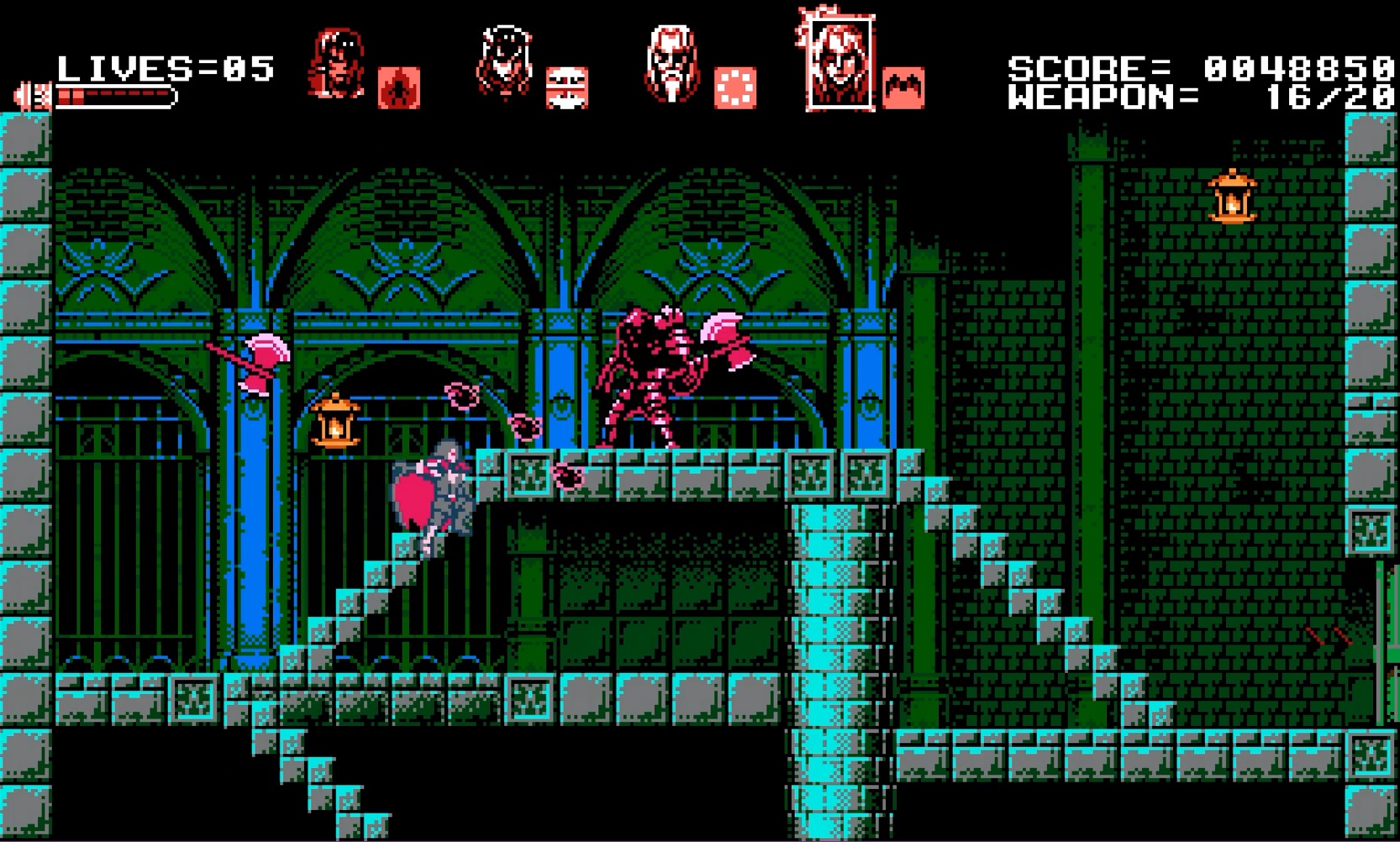
With each character’s strength available at almost all times, it means you can constantly adapt to the level. Each level is a puzzle to be solved with their capabilities.
Also unlike Castlevania III, switching between characters is snappy. Because of this, they feel more comparable to a team acting as one unit. If you need some extra reach or just want to activate a temporary buff that transfers between companions, in a split second you can swap to them then back. However, you can’t rely on having everyone in every situation.
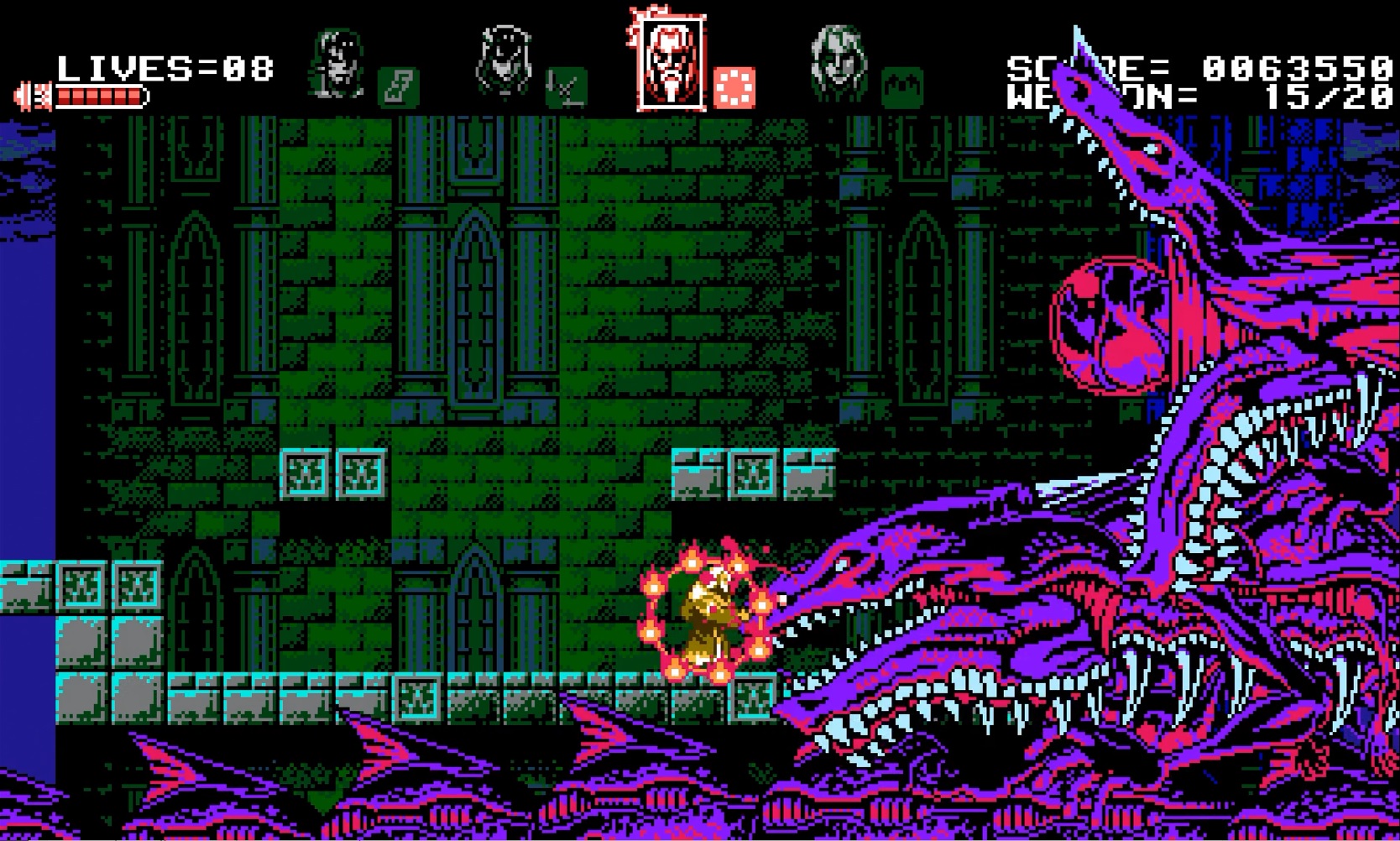
Each team member has their own health pool. If they die, they’re removed from the group until all other members perish. Your ever dwindling party begins to restrict your options. Though at times inconvenient, it forces playing characters who may not appear to fit a section. It can also direct the group onto different paths, or make a familiar area present a new challenge. This frequently can lead to the discovery of more effective ways to navigate a room or level. On the flip side it brings up some unique predicaments, like being forced to solo an entire boss fight using only your feeble mage.
Due to the sheer amount of health shared between your group, the overall difficulty is low. All four need to die before a life is lost. That’s not to say there’s no challenge, but you have plenty of bodies to throw at obstacles. Some of your team’s skills in particular help with surviving the challenging platforming or combat sections, such as Gebel bat transformation or Alfred’s shield of fire. When everybody in your party is available, you can find some solutions that trivialize even some of the most daring rooms.
All of the above is a significant improvement over its 8-bit source material, making what feels like an alternate timeline’s Castlevania IV. Yet Curse of the Moon goes even further. There are additional modes that ask the player to beat the game in specific fashions. One in particular modernizes the gameplay without abandoning the old-school Castlevania experience.
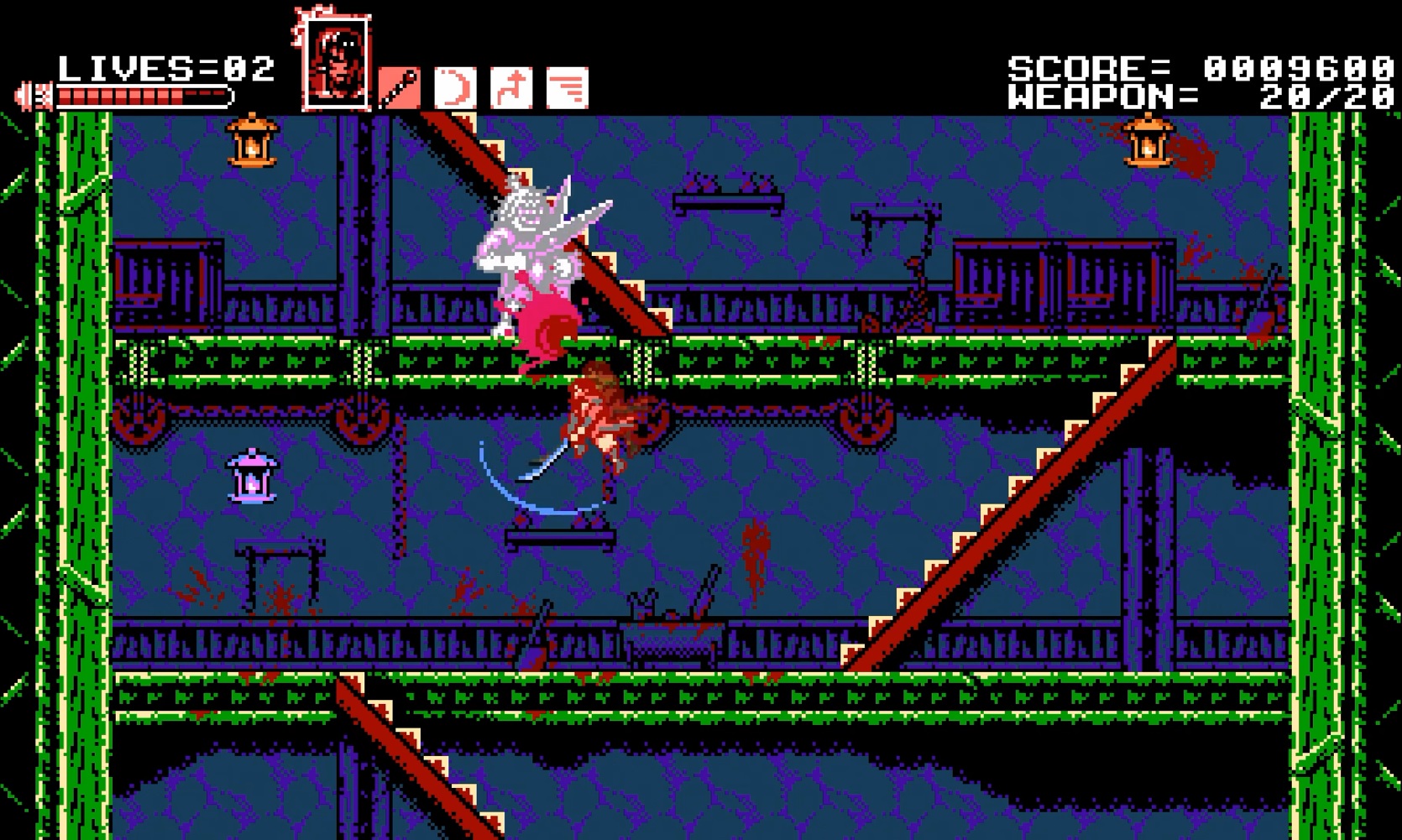
Zangetsu is powered up with three additional skills, including a double jump, dash and a wide aerial swipe. So while the lack of air control after a jump input is here along with the delayed strikes, it plays at an entirely different pace. The classic Castlevania stage design adds its own special flavor to this mode. Jumping between sets of typically rigid stair cases or from one floor to another is a completely new way to traverse these levels.
This mode, in addition to the improvements made in the standard playthrough, pushes the envelope of what can be done with the traditional Castlevania formula in a way it never had to. That being said, with the developer being Inti Creates, I shouldn’t be too surprised.

Between Mighty No.9 and Gunvolt, Inti Creates has shown they’re a developer who is able to not only recall the past, but also modernize classics. Within a tiny downloadable spin-off, Bloodstained: Curse of the Moon flirts with nostalgia, builds on the old formula as well as takes the series in a new direction.

